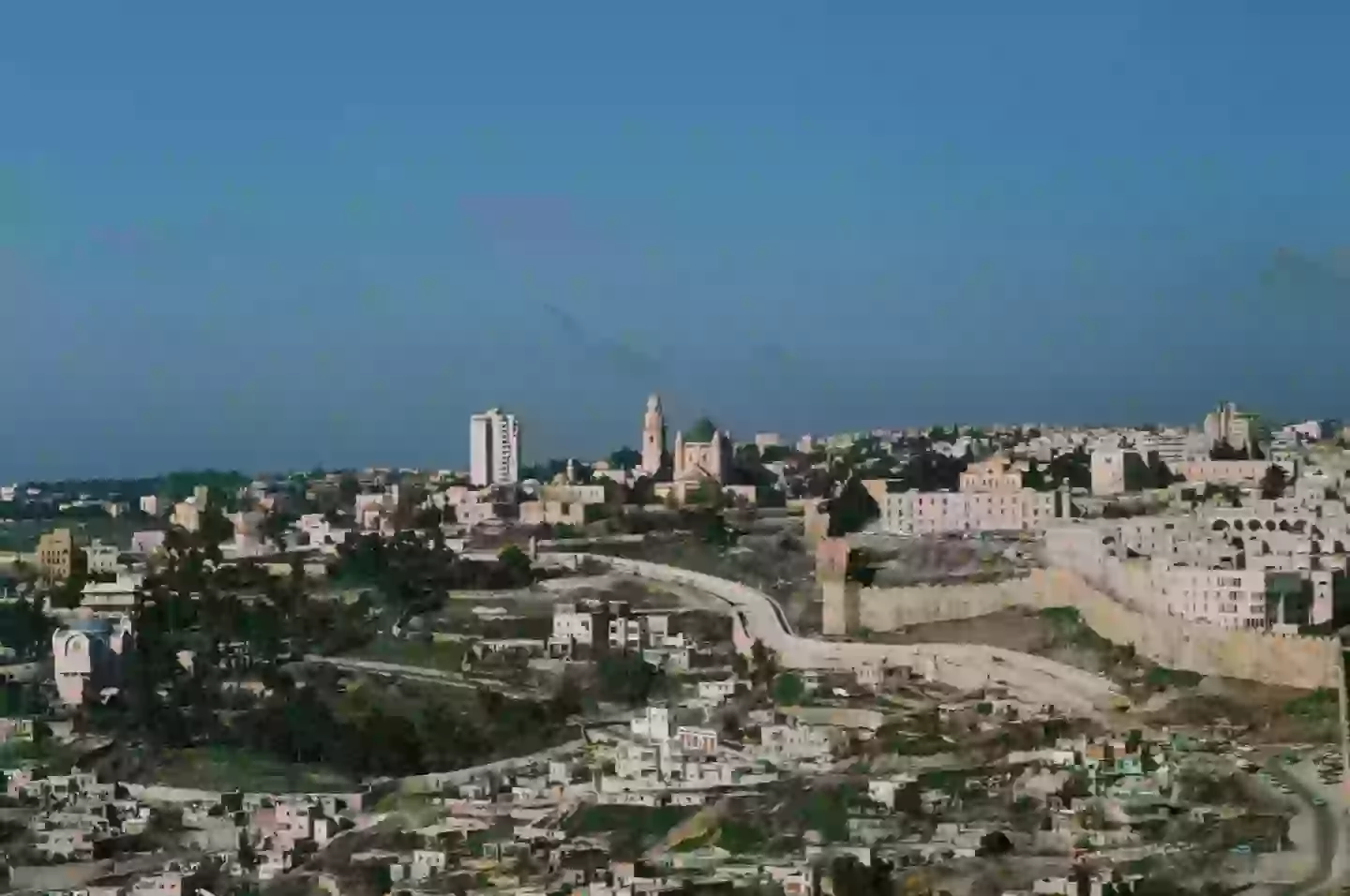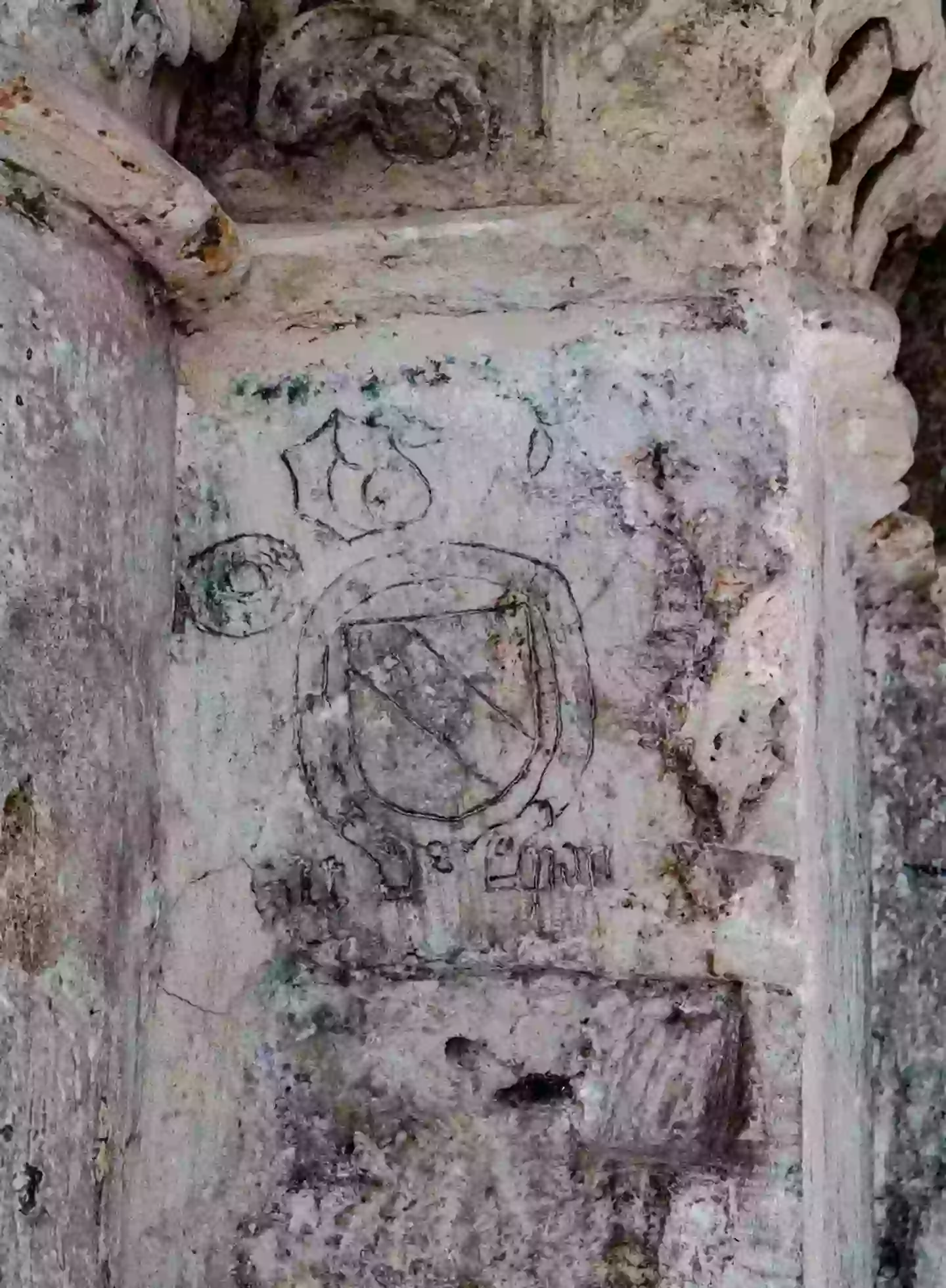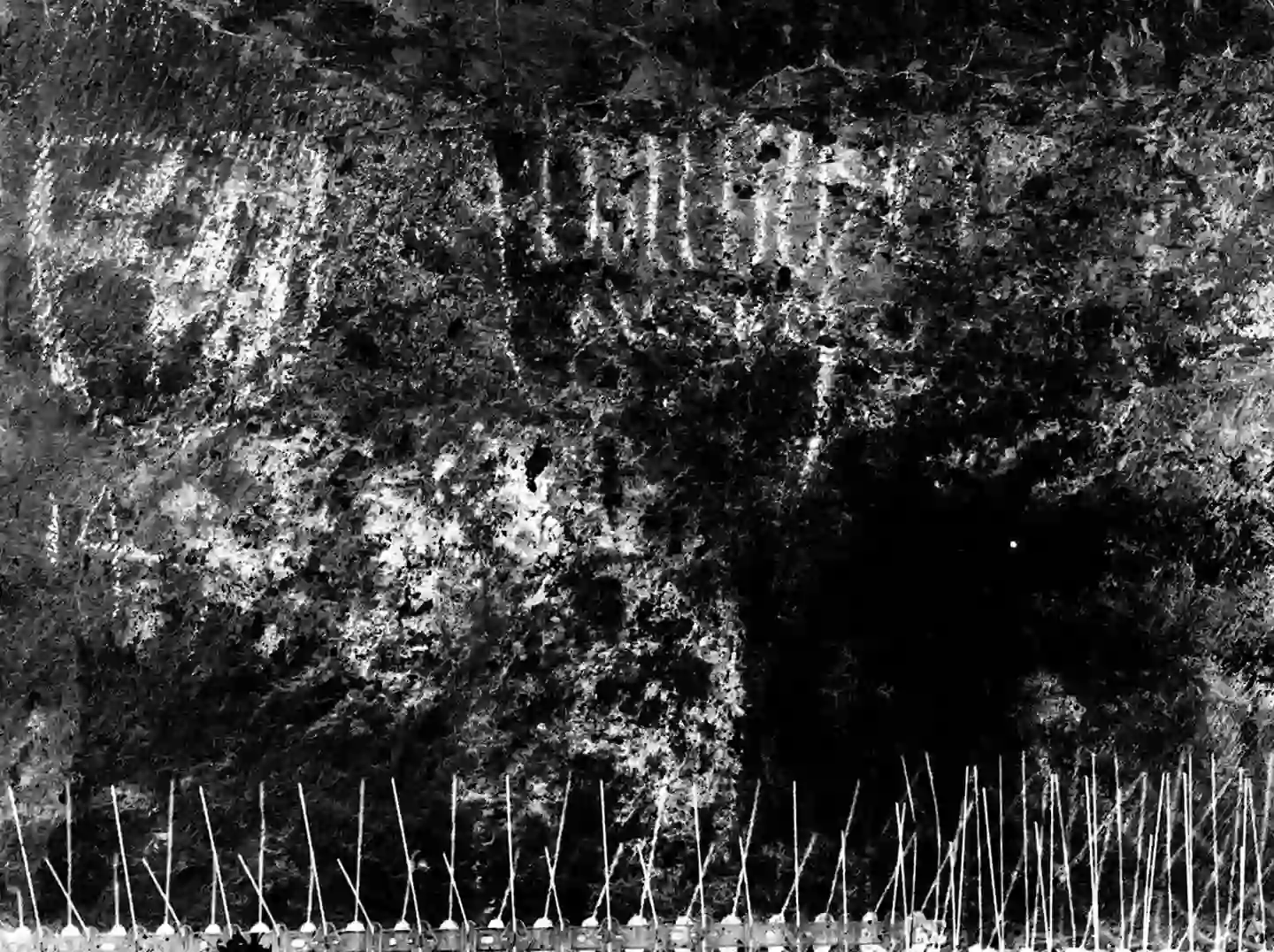
Archaeologists have been able to decipher ancient messages in the room which is thought to be the location of Jesus Christ’s Last Supper.
The Last Supper, an essential aspect of various versions of the Bible, was where Jesus held one final meal with his 12 disciples prior to his crucifixion.
At this meal, the son of God is said to have told his disciples that he knew one of them would betray him, referring to Judas.
Advert
Whilst there are no exact textual references to where this meal took place in the Bible, it has widely been agreed within Biblical tradition to have taken place in The Cenacle.
The Cenacle is located on Mount Zion in Jerusalem and for centuries has been considered a vastly important building for the Christian faith.

This has led, over the centuries, many to travel to the site, at times leaving messages behind in the form of graffiti or carvings.
Scientific researchers have been investigating these messages found in the room, some of which are as far back as the 1300s.
Advert
The results of this were published in a new study in Liber Annuus, a yearbook from a Jerusalem based publication that focuses on sites associated with the New Testament and early Christianity in the Middle-East.
A number of inscriptions and markings left behind give light towards who has visited the site over the years.

These were investigated with the help of advanced imaging techniques, required due to the marks being plastered over for centuries.
They were only rediscovered in the 1990s when the room was being restored, and required ultraviolet filters, Reflectance Transformation Imaging, and multispectral photography.
Advert
This led to researchers capturing 30 inscriptions and nine drawings.
Amongst these was an inscription in Armenia reading ‘Christmas 1300’.

This reportedly supports a controversial that an Armenian King, Het’um II, could have reached as far as Jerusalem after a victory in battle in Syria at the Battle of Wādī al-Khaznadār.
In addition to this are various coats of arms carved into the walls, such as a Swiss Knight Adrian I von Bubenberg, Venetian nobility Jacomo Querini, as well as Johannes Poloner of Regensburg.
Advert
Ilya Berkovich, an Austrian Academy of Sciences historian and a co-author of the paper, said: “When put together, the inscriptions provide a unique insight into the geographical origins of the pilgrims.”
The article said of the discoveries: “At a time when research literature still tilts heavily to the experience of pilgrims from Western Europe, the Cenacle’s inscriptions are a valuable reminder of the diversity of the Christian pilgrim flow to late medieval Jerusalem.”
Topics: Archaeology, History, World News, Religion